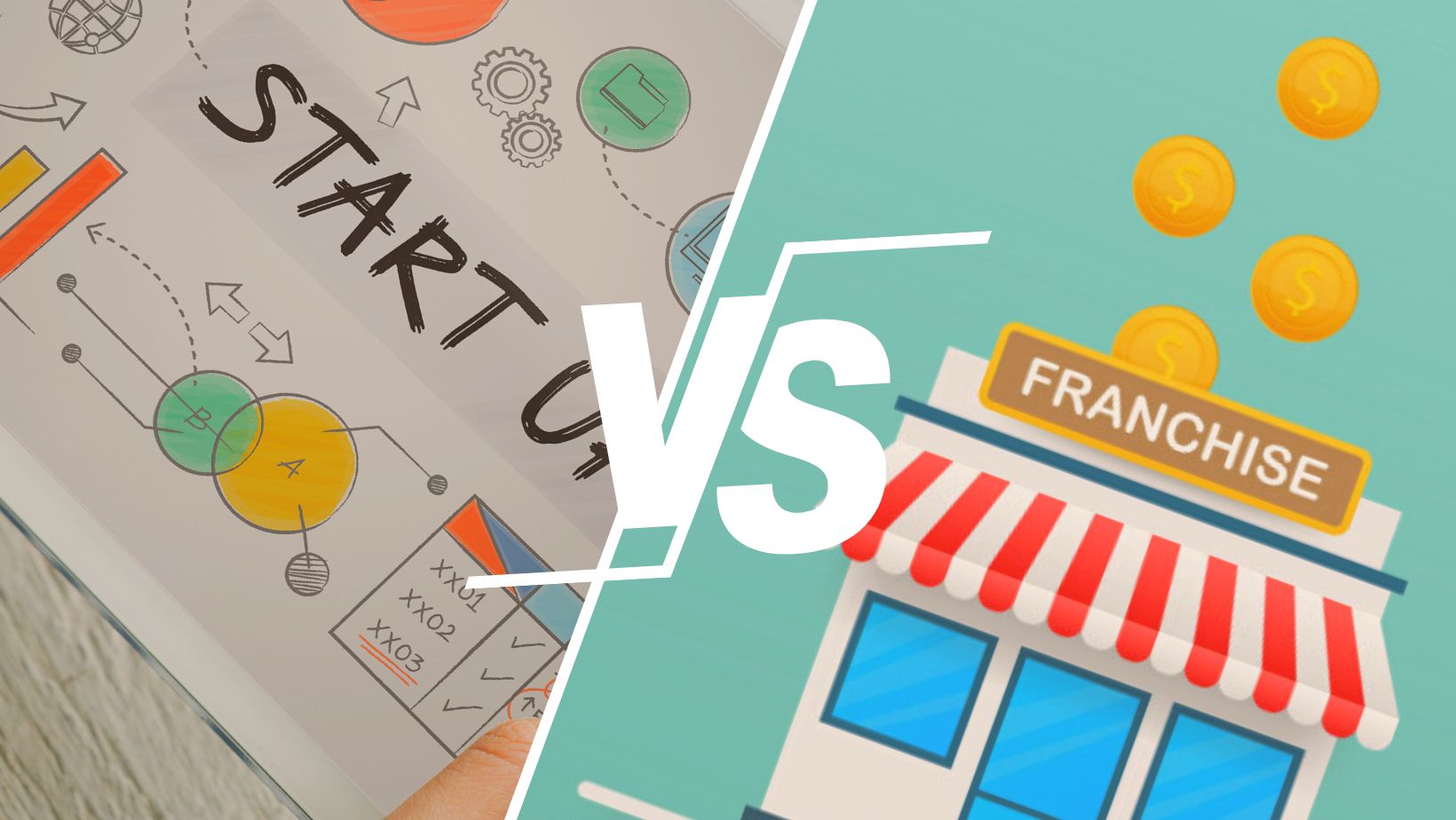

Different franchise models
Franchising is among the fastest-growing business modules in the market nowadays, and the steadily rising graph of successful franchises stand testimony to it. Many business-minded individuals’ entrepreneur careers have been sparked via franchising and have offered them high returns on their investments, enabling them to further propel their business. Also, franchising has made brands out of start-ups, and turned household names out of reputed brands, creating a market on a scale hitherto unseen.
In this article, we will have a look at the base models of the franchise business, how they function, and the reason behind their respective success. Before starting, however, have a look at the difference between a franchise, a franchisee and a franchisor.
What components does Franchising comprise?
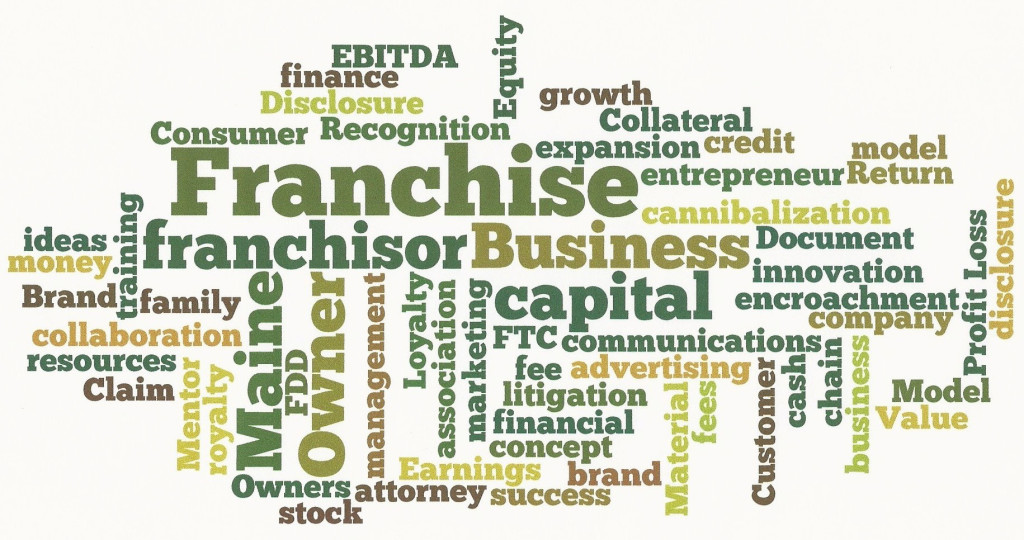
In its essence, a franchise is a permit granted by an already-established business model to an entity enabling them to conduct commercial activities in their name. The entity/person/group who buys the rights to run a business is called the franchisee. The company allowing the franchisee to start is known as the franchisor.
The franchisor extends a commercial agreement allowing usage of brand name, products, and trademarks, in return for a certain fee from the franchisee.
Types of Franchise Models –
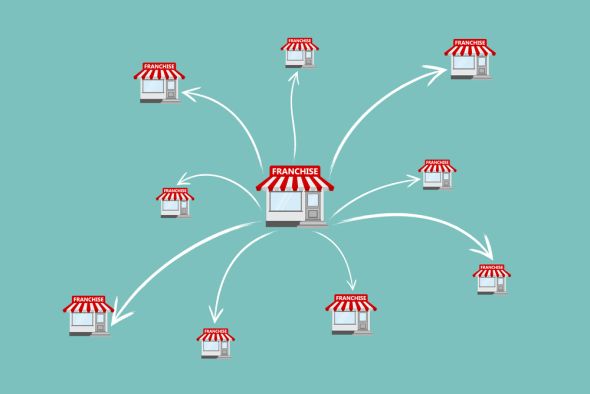
Business Format Franchise
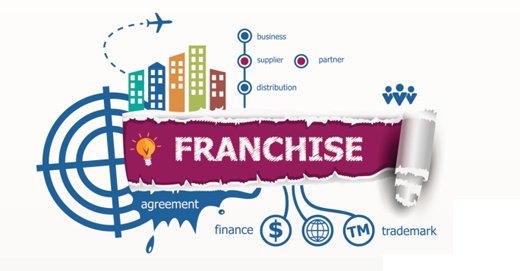
At its core, the textbook definition of a basic franchise business model is the business format franchise. The business format can be called the gold standard in franchising. Herein, the franchisor provides the franchisee with a set of privileges and facilities. The basis of this franchise rests on a binding contract, which features a set of guidelines and rules, keeping in mind the mutual benefits of both parties. The package includes a right to usage of the name, products, and trademarks of the brand.
The finer details of this agreement like franchise fees, profit margins, advertisement and marketing agreements, equipment and machinery provision, et al differ from company to company. For example, most franchisors in the food and beverage industry ride on the back of a proven model and hence provide complete training and management directions to the franchisee.
Most big names of the market like Starbucks, Subway, and Kathi Junction follow this format and have achieved great success with it.
Apart from this, the other franchise models are –
Business Franchise
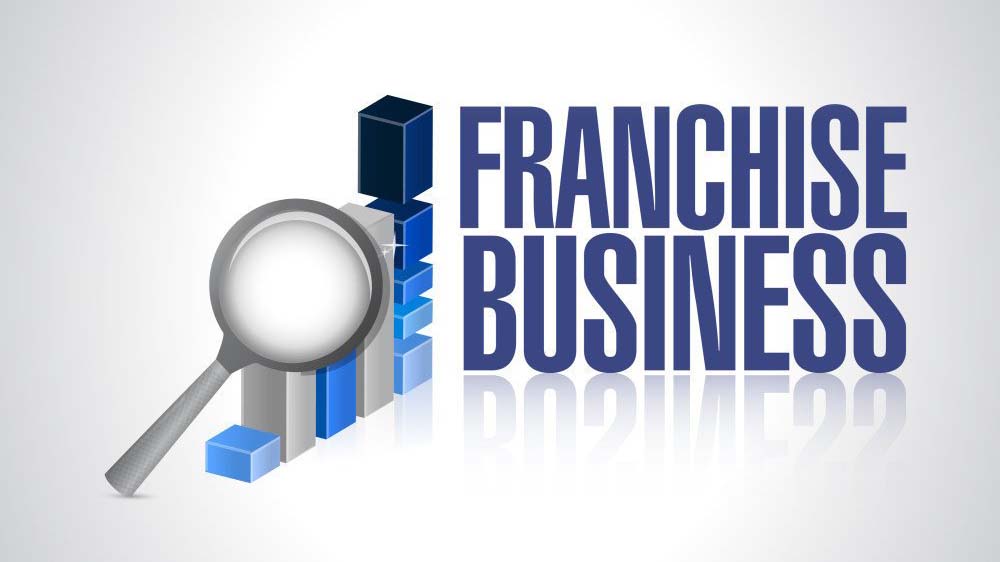
The business franchise format can be considered the offspring of the business format franchise. Here, the franchisee simply purchases and sells products directly from the franchisor. A great example of this model would be vending machines. While the franchisor manufactures these machines, the franchisee’s duties include buying, servicing and selling these machines. The proceeds are shared mutually, based on the agreement.
Product Distribution Franchise

Product distribution franchise works along the lines of a supplier-distributor relationship. Herein, the franchisor provides the product, and the franchisee is responsible for the movement and distribution of the product. Ideally, this format provides more transparency and freedom to a franchisee than the business format.
This format is preferred by relatively bigger names of the market, like Ford Motors and The Coca-Cola Company. both in terms of reach and product-wise.
Management Franchise

In a management franchise model, a franchisee is not actively involved in day-to-day activities. Rather, they simply have to oversee the business in a management franchise. This format is ideal for investors with prior business acumen and experience. Owing to this, the usual companies that prefer this franchise model are themselves based on a Business to Business (B2B) scale.
Manufacturing franchise

In a manufacturing franchise, the franchisee is issued with the license and authority required to produce, package and market the trademark products of the franchisor. Additionally, it benefits from the advertisement campaigns run by the franchisor. In return, the franchisor gets paid the franchise fees and a share of the net profit on all units sold. However, profit-sharing differs from company to company.
The most prominent example of this format is PepsiCo India, where all its products are manufactured by Varun Beverages Pvt. Ltd.
Alternative Classification
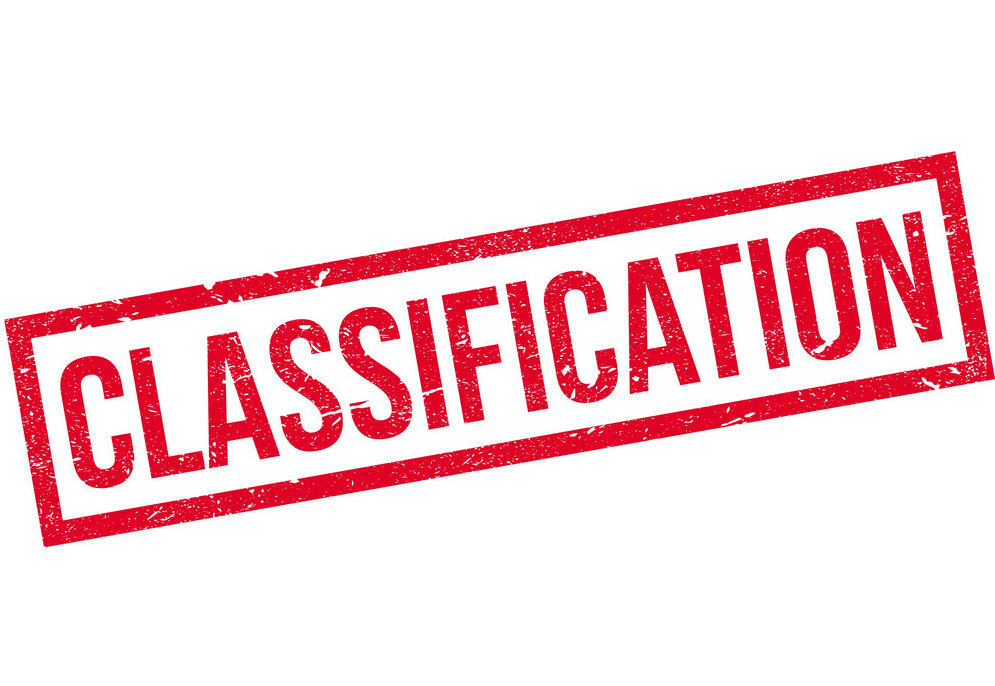 Alternatively, franchises can also be classified simply on the basis of who owns the business and who operates it, vis a vis –
Alternatively, franchises can also be classified simply on the basis of who owns the business and who operates it, vis a vis –
COCO: Owned by the Company, Operated by the Company.
FOCO: Owned by the Franchisee, Operated by the Company.
FOFO: Owned by the Franchisee, Operated by the Franchisee.
COFO: Owned by the Company, Operated by the Franchisee.
FICO: Invested in by the Franchisee, Operated by the Company.
How to start franchising?
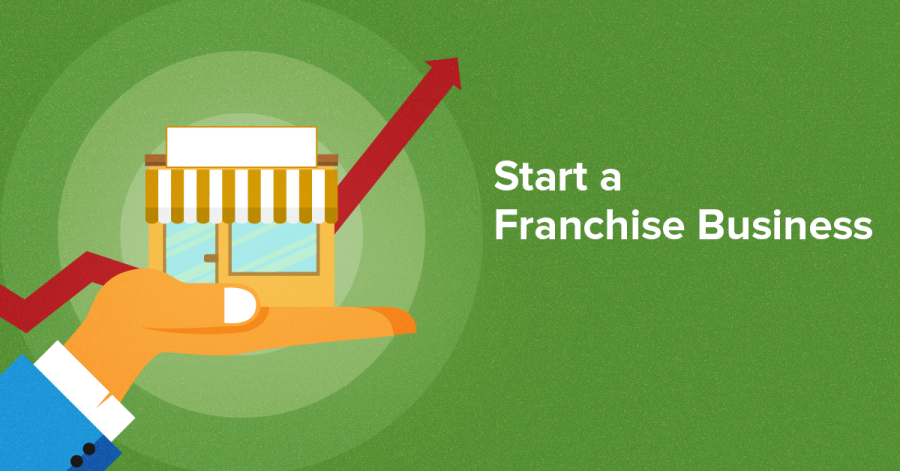
There are two major ways to start a franchising venture in India –
- Direct Franchising: You can apply for franchising directly to the parent company, by meeting directly or applying online.
- Franchising via a Consultant: Alternatively, it is highly recommended, especially for first-time investors, to apply for a well-established franchise with proper help and guidance from franchise consultants.
Final Word
Whatever might the format be, starting a franchise is a tried and tested business module. The sheer reputation of a brand carries solutions to a loyal customer base, financial risks, a host of tried, tested and pre-planned marketing strategies, site selection guidance, and many other such problems that new businesses might face. Go through your available options carefully, take ample advice on both legal and professional ends, and then set foot in your chosen model. To know more about franchise investment opportunities in India, get in touch with us.



